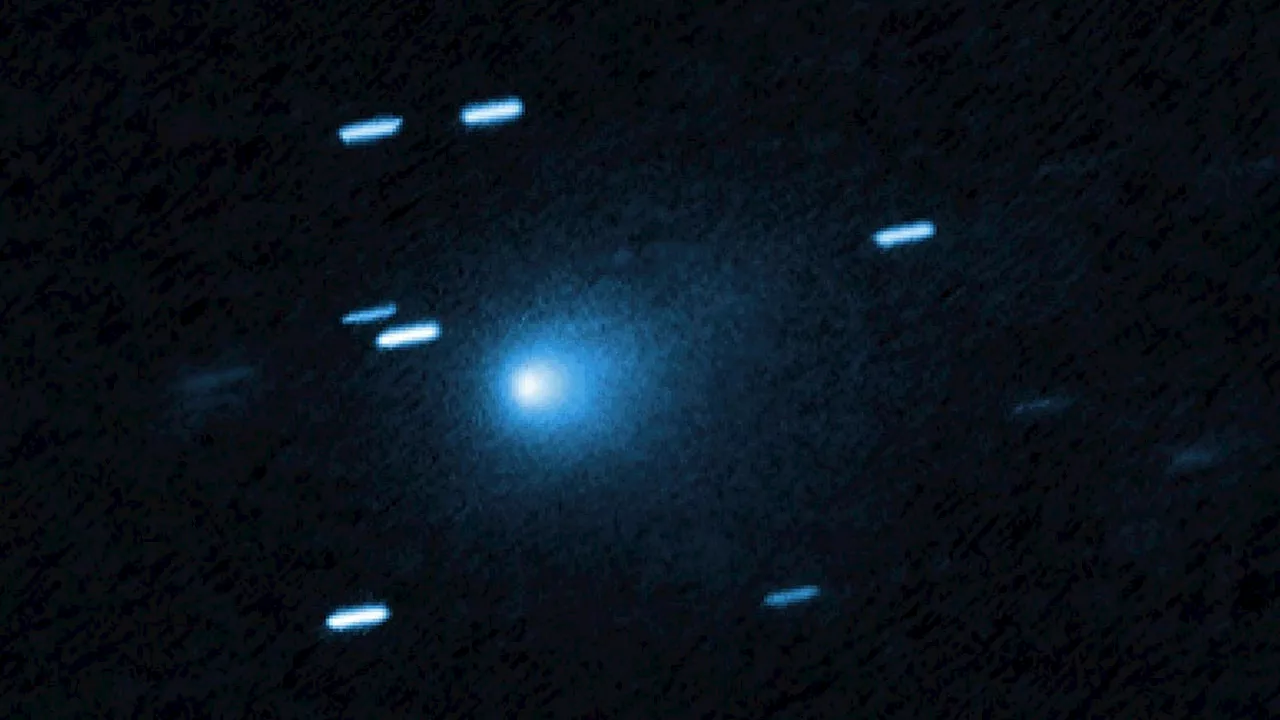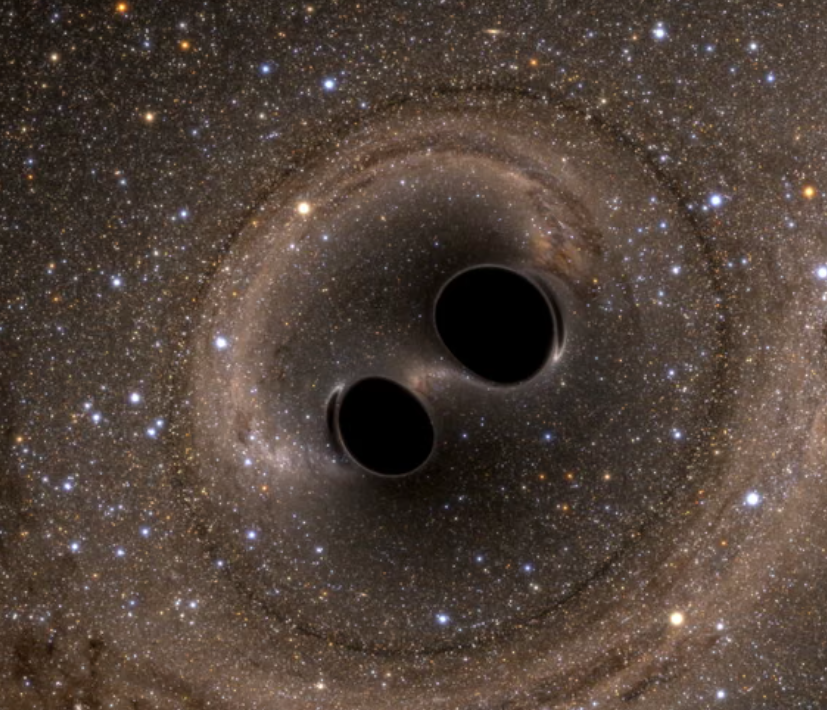Researchers are investigating the unusual behavior of the interstellar object 3I/ATLAS, following its closest approach to the sun on October 29, 2023. This celestial body, which passed within 203 million kilometers of the sun, has exhibited unexpected characteristics, raising questions about its origin and nature.
Dr. Avi Loeb, a theoretical physicist at Harvard University, noted that 3I/ATLAS displayed what he termed “non-gravitational acceleration,” a phenomenon not typically associated with comets. Additionally, the object appeared to take on a bluer hue than the sun, which is atypical for such celestial bodies. Most notably, it lacks a cometary tail, prompting further inquiry into its composition. Recent observations revealed a blob of light instead of the expected tail, complicating the understanding of its physical properties.
Scientists are exploring various possibilities regarding the nature of 3I/ATLAS. Some experts have even suggested that it might be a technological object, although definitive conclusions remain elusive. Dr. Loeb pointed out an intriguing connection to the famous Wow! signal, a mysterious radio signal detected in 1977. He highlighted that 3I/ATLAS originated from the same direction as the signal, leading to questions about a possible link between the two phenomena. “We don’t know what the source is, but they were within nine degrees of each other,” Dr. Loeb stated, adding, “It should just make us curious.”
Dr. Ken Gayley, an astronomy professor at the University of Iowa, emphasized the importance of maintaining a naturalistic perspective when studying such objects. “We would always start off with the assumption that these are natural objects and we would study them in that way. If there’s really very powerful evidence that they’re not, then we might be led toward another direction,” he explained. His remarks underscore the prevailing belief among scientists that interstellar objects like 3I/ATLAS are likely natural phenomena formed in distant star systems under conditions that remain poorly understood.
Looking ahead, 3I/ATLAS will make its closest approach to Earth on December 19, 2023. Researchers are eager to collect more data during this time, which may provide valuable insights into the conditions that lead to the formation of such interstellar objects. Dr. Loeb humorously remarked, “That’s six days before Christmas. My hope is that we will not receive an unwanted gift for the holidays,” referring to the potential implications of the object’s trajectory.
NASA explains that comets are typically named after their discoverers. In this case, 3I/ATLAS is named for the team behind the Asteroid Terrestrial-impact Last Alert System survey telescope located in Rio Hurtado, Chile. The letter “I” designates it as an “interstellar” object, confirming its origin outside our solar system. With 3I/ATLAS, scientists have identified the third known interstellar object, following 1I/Oumuamua in 2017 and 2I/Borisov in 2019.
As the scientific community continues to monitor 3I/ATLAS, the anticipation surrounding its unique behavior and potential revelations about the cosmos remains palpable. With each passing day, researchers are hopeful that this interstellar visitor can help unlock the mysteries of our universe.







